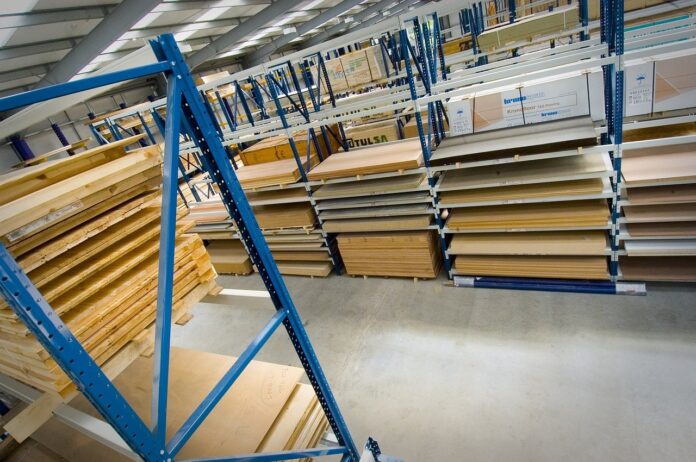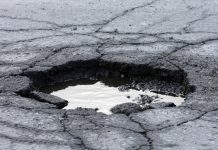There is no doubt you have heard about plywood, and chances are you own something made from it, such as a chair, table, or any other type of furniture.
While plywood is found everywhere around us, such as in the furniture and construction industries, few people are aware of different plywood types available for various applications.
Such different plywood types are intended for varying applications and purposes, and as such, each has different properties. Marine-grade plywood is one of them.
The phrase ‘marine’ may bring a false impression that this kind of plywood can withstand prolonged contact with water. However, that shouldn’t fool you, as marine plywood is not absolutely waterproof. But it is a high-quality ply.
The sheet material is engineered from hardwoods rather than softwoods, where each layer is affixed with waterproof glue (phenolic resin) to deter delamination.
Thanks to these properties, marine-grade plywood is ideal for outdoor furniture projects, exterior construction, and making certain kinds of boats. It is naturally a good option for use in coastal regions where air moisture levels are very high.
So, how is marine plywood made, and what is it made from? Here at Sheet Materials, we have answers to these key questions.
What Is Marine Grade Plywood?
In a layman’s term, marine plywood is a water-resistant version of common plywood. If exposed to water, it doesn’t rot, warp, or shrink. This can be attributed to its enhanced composition.
For instance, while the regular plywood is typically engineered using three plies of wood glued together, marine-grade plywood is engineered from as many as five plies of wood glued together using waterproof adhesive.
What is Marine Plywood Made From?
Typically, marine ply is engineered from water-resistant tropical hardwood. These tropical hardwoods are naturally water-resistant, and that is what makes marine plywood perform excellently when exposed to water.
Besides, some of the wood species used to make marine plywood have a natural resistance to decay. Such tree species include cedar, Douglas fir, cypress, Western Larch, and redwood.
Though marine plywood isn’t pressure-treated to make it resistant to decay, some high-quality grade veneers are applied to enhance its decay resistance.
As such, marine-grade ply can withstand moisture better compared to regular plywood as it is engulfed by water-resistant materials.
How Is Marine Plywood Made?
Marine plywood exists in different grades. They include:
- A-A
- A-B
- B-B
- MDO
- HDO
Just like ordinary plywood, marine plywood consists of thin sheets of wood veneers. The sheets are placed perpendicularly to make the boards stronger.
The cross lamination technique is employed in order to arrange the plies perpendicular to each other and add more strength in both directions.
To bond the sheets, high heat and extreme pressure are applied. During the bonding of the plies, waterproof glue is applied so that the plywood can be used in areas with high humidity levels without absorbing water. The waterproof glue also prevents the layers from delaminating over time.
Conclusion
If you are going shopping for plywood for an outdoor project or making a structure that will be used outdoors/ areas of high humidity, then marine plywood would be the best option for you.
This is due to apparent reasons; it will withstand moisture and high humidity since it is bonded using waterproof glue (phenolic resin).
Besides, it is durable, strong, and can withstand high levels of pressure. This makes it fit for a wide range of projects and applications. Regardless of where you use it, it won’t let you down!







